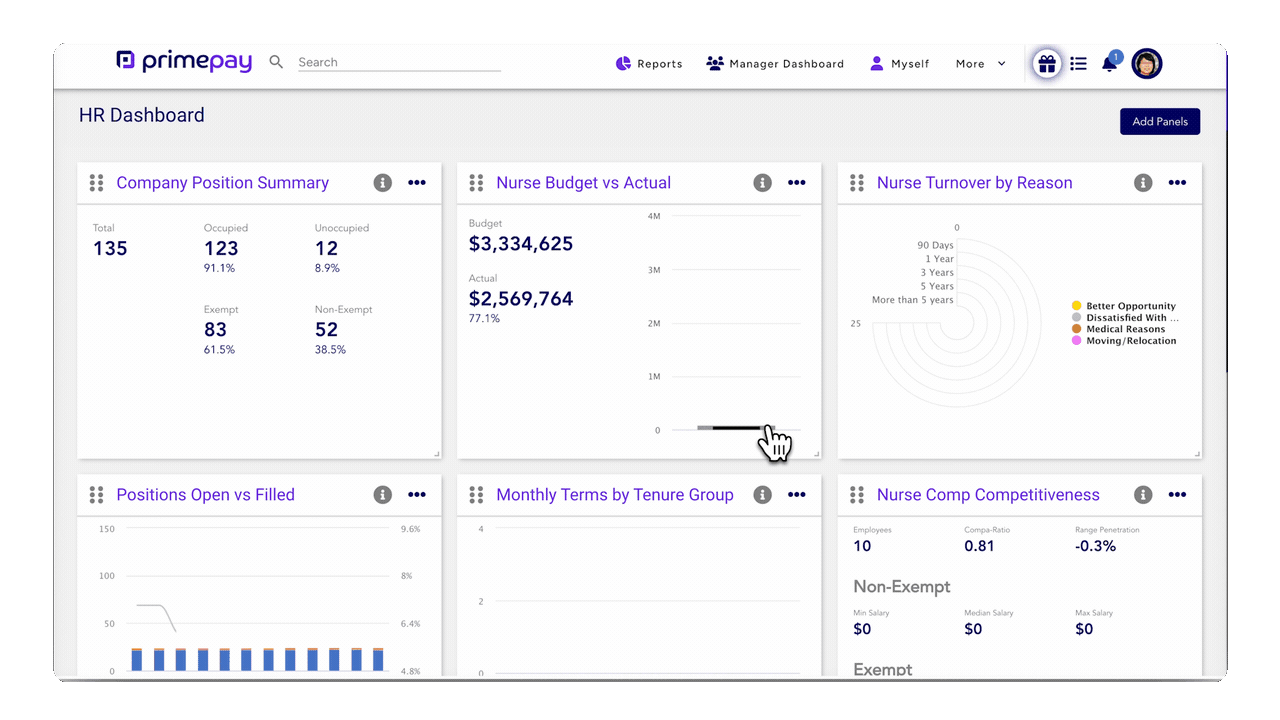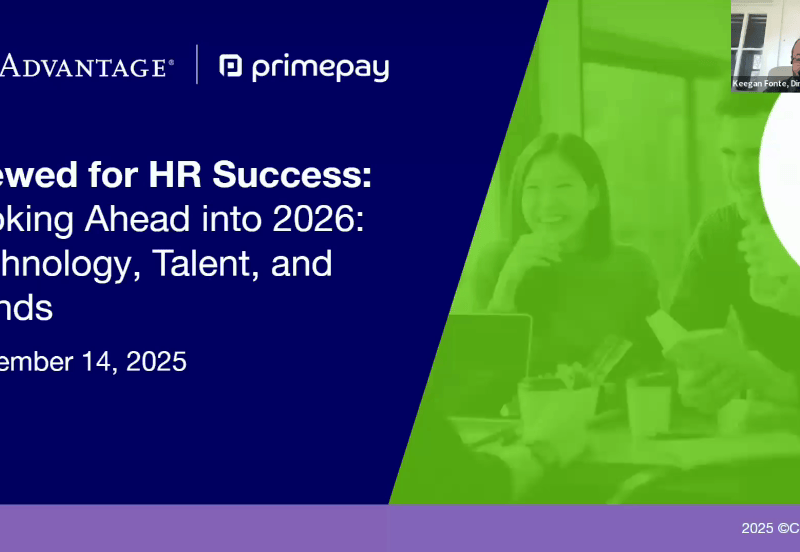Organizations always face balancing acts, including investing in the employee experience while maintaining profitability.
So when it comes to retaining employees and watching your bottom line, considering cost-of-living adjustments is a smart way to ensure the company and its people get the most out of the 2026 increases.
Below, we provide background on COLA, how the adjustments are calculated, and any changes to the 2026 thresholds.
What is a COLA?
COLA, or Cost-of-Living Adjustments, are increases designed to help wages, salaries, or benefits keep pace with inflation. They’re most commonly associated with Social Security, but you’ll also see them in union agreements, pensions, and even some private-sector pay structures.
The idea behind COLA is simple: as the cost of goods and services rises—things like housing, food, and healthcare—people need their income to stretch just as far. These adjustments are usually tied to measures like the Consumer Price Index (CPI), which tracks changes in the cost of everyday essentials.
For example, if inflation bumps the cost of living by 3%, a 3% COLA ensures folks can still afford what they need. It’s especially important for retirees or anyone on a fixed income who can’t easily adjust their earnings to match inflation.
How Are Cost-of-Living Adjustments Calculated?
COLA aren’t one-size-fits-all; instead, they can be calculated using different methods depending on the audience and purpose.
Here’s a breakdown of the most common approaches:
Consumer Price Index (CPI)
This is one of the most widely used tools for calculating COLA, especially in the private sector. The Bureau of Labor Statistics (BLS) determines the CPI based on a basket of goods and services that the average household uses, such as housing, groceries, transportation, and healthcare. They track the average prices of these items and calculate changes monthly and annually.
What’s helpful for businesses and HR teams is that CPI data isn’t just national—it’s broken down by region (South, West, Midwest, and Northeast).
Worth Noting: The regional breakdown can be critical if your organization operates in multiple locations, giving you a more precise picture of cost-of-living changes in each area. Due to its comprehensiveness and accuracy, many consider the CPI the gold standard for cost-of-living calculations.
Consumer Price Index for Urban Wage Earners and Clerical Workers (CPI-W)
The Social Security Administration (SSA) relies on the CPI-W for its annual adjustments to Social Security and Supplemental Security Income (SSI) benefits. Like the CPI, the CPI-W measures changes in the prices of goods and services, but it focuses on a narrower audience: urban wage earners and clerical workers.
Worth Noting: The methodology is identical to the CPI, but the data set focuses on costs experienced by this targeted group. This calculation reflects the spending patterns of a specific subset of workers, which can be especially relevant for organizations with a similar workforce demographic.
Consumer Price Index for All Urban Consumers (CPI-U)
Think of the CPI-U as the big-picture version of the CPI-W. It measures price changes for the same goods and services but casts a wider net, including retirees, self-employed professionals, temporary workers, and technical employees. The CPI-U represents about 93% of the total U.S. population, making it the broadest measure of cost-of-living changes.
Worth Noting: For organizations with diverse workforces, the CPI-U may be the most relevant index to consider when planning salary adjustments or budgeting for benefits. Its broader demographic coverage means it captures a more inclusive snapshot of how inflation impacts employees.
2026 COLA Adjustments and Thresholds
Over 72.5 million Americans’ Social Security and Supplemental Security Income benefits will increase by 2.8% in 2026.
There are also other adjustments to benefits, including the following:
Health Savings Accounts (HSAs)
The contribution limits for HSAs for 2026 were announced earlier this year. The annual contribution limit for individual coverage is increasing by $100, to $4,400. The annual contribution limit for family coverage is increasing by $200, to $8,750. The catch-up contribution limit for those aged 55 and older will remain $1,000.
Health Flexible Spending Accounts (FSAs)
For 2026, the dollar limit on employee salary reduction contributions to FSAs is $3,400 (up from last year’s cost of $3,300). Additionally, 2026 health FSAs may permit a maximum rollover of up to $680 into the following plan year (up from $660).
Qualified Transportation Fringe Benefits
The monthly limit for transit/parking benefits is increasing to $340 in 2026 (up from $325).
Qualified Small Employer Health Reimbursement Accounts (QSEHRAs)
For 2026, the maximum amount of payments and reimbursements under a QSEHRA can’t exceed $6,450 for individual coverage and $13,100 for family coverage.
Small Business Health Care Tax Credit
For 2026, the average annual wage level at which the tax credit begins to phase out for eligible small employers is $34,100.
Dependent Care Assistance Program (DCAP)
Parents and caregivers rejoice! The DCAP limit has increased to $7,500/$3,750 for calendar year 2026.
Leverage Technology for Financial Decisions
Want to ensure you’re making the right decisions for your organization and people, especially with COLA adjustments and other economic changes?
Look to your HR software. Specifically, it’s important to use a platform (if you aren’t already) that has forecasting features that allow you to reflect on the past and help predict the future to navigate any financial or human resource changes.
Suzanne Fohl, CFO of PrimePay, explains how she uses forecasting: “I can see Budget vs. Actual in real time. I can use our timeline model to model different scenarios, different headcounts, and different planning methodologies as our business continues to evolve.”

Make the Right Decisions For Your Company
It’s important to accurately apply annual cost-of-living increases for employee benefit amounts and determine any other impact these adjustments may have on your business. You can use these adjustments to your advantage, too, since companies often use COLAs to:
- Ensure competitive salaries to attract good employees.
- Help employees relocate to an area with a higher cost of living.
- Increase retirement benefits and other benefits.
And if you have too much on your plate, or are having trouble navigating compliance issues, consider partnering with a solutions provider or specialist to get the guidance you need and help ensure you’re prepared for next year.










